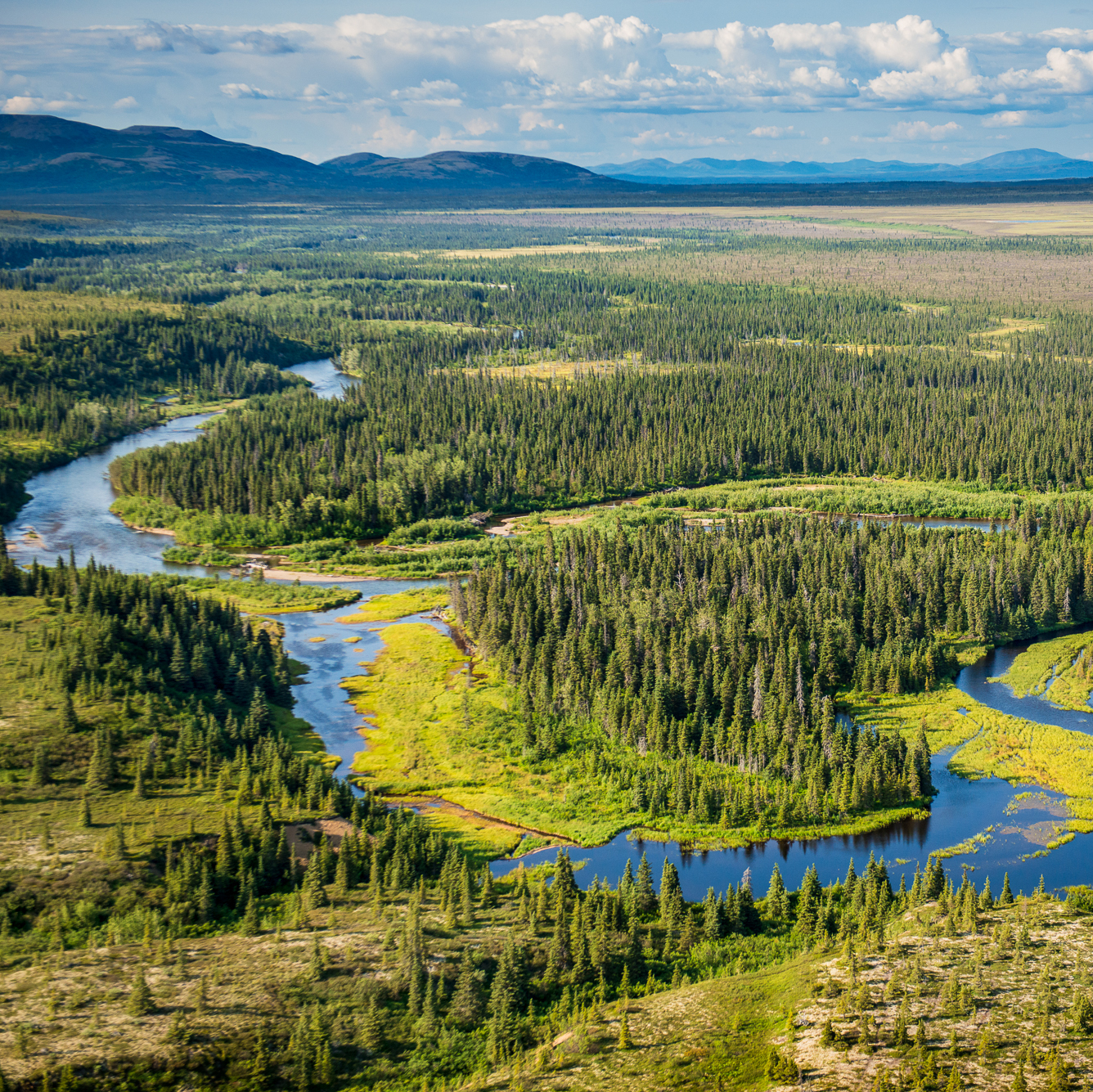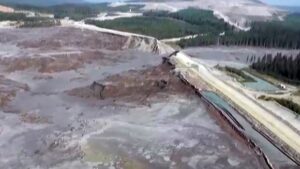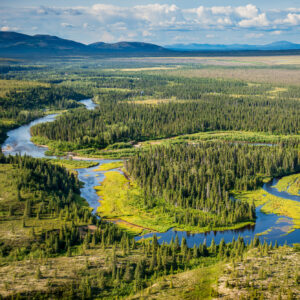
Pebble cannot protect salmon
What does the proposed Pebble mine permit application tell us?
Pebble Limited Partnership and its parent company, Northern Dynasty Minerals, cannot safeguard salmon. They cannot protect Bristol Bay livelihoods and communities. They cannot preserve a watershed that supports the largest sockeye salmon fishery in the world.
They cannot mine without destroying fish habitat.
For over a decade, Pebble contentiously clamored for a chance to make their case in a permit application, yet failed to produce one. Instead of filing an application, in fact, they attacked scientists and the Environmental Protection Agency.
At the end of 2017, Pebble finally submitted its application. Not surprisingly, it addresses none of the concerns outlined by the science within the EPA’s watershed assessment.
Founded on twice-peer reviewed science, the EPA’s watershed assessment concludes that a mine of any size would be catastrophic to salmon and Bristol Bay. EPA Administrator and a friend of industry, Scott Pruitt, cut a deal with Pebble to rollback EPA’s proposed decision to protect Bristol Bay.
But the watershed assessment still stands as the best science regarding mining in Bristol Bay. None of Pruitt’s efforts to roll back protections refutes or undoes the peer-reviewed science that concludes that mining will jeopardize a healthy and vibrant fishery.
Pebble executives may eat salmon, but they won’t protect them
Pebble’s CEO and PR folks love talking about fish, and they might even eat it, but they cannot protect Bristol Bay’s fisheries. Their boss is their profit, not the communities that have stewarded the area’s fisheries for thousands of years.
Just look at the mining industry’s history.
A 2012 Earthworks report on copper mines concluded that the collection and treatment systems of 13 of 14 mines (87 percent) failed to control contaminated mine seepage—and those 14 mines represent 87 percent of the operating copper porphyry mines and 89 percent of U.S. copper production in 2010.
Another report shows that 74 percent of gold mines pollute nearby water, and that when they don’t pollute water, it’s because there’s no water nearby.
Even when conditions are more favorable to mining, “as in Nevada with very little precipitation and generally a low water table, water pollution is still a problem at the vast majority of major gold mines operating today,” said John Hadder of Nevada-based Great Basin Resource Watch. It goes without saying that Bristol Bay is a very wet place.
A big mine that will only get bigger
Pebble’s permit application presents a 1.2 billion ton mine. Think of it as phase 1.
With over 7 billion tons of measured and indicated resources in the mine area, and an expectation of four more billion tons available, you can bet that Pebble will expand to more phases, bringing more mine waste and significantly increased risk of destroying the fishery. The CEO of Northern Dynasty Minerals has told the mining community and potential investors that the reserve at Pebble supports a long-life mine that could operate not just for decades, but for a century or more.
 The mine will need to grow to make it worth the investment, but the financials might not pan out.
The mine will need to grow to make it worth the investment, but the financials might not pan out.
“While the company touts potential profits and has high confidence that the permitting process will proceed, [Kerrisdale Capital] points to a much more basic issue for investors: financials,” wrote Brian Harris in an article about how some investors view the financials of the proposed mine. “According to an unpublished analysis in 2013 by former Northern Dynasty partner Anglo American, the critical factors for success weren’t in the numbers, and that was when the key metal prices were higher than they are today.”
Alaskans oppose this mine
The overwhelming majority of Bristol Bay residents and Alaskans oppose the Pebble mine. They care about jobs and want to protect them, including over 12,000 jobs supported by the Bristol Bay commercial fishing economy.
They want to keep their food sources safe, their cultures intact, their families connected. Alaskans oppose the proposed Pebble mine because they know what’s at stake—their homes, their streams and rivers, their food and livelihoods.
The Army Corps deemed Pebble’s permit application complete, but what we see looks like a catastrophic failure in addressing the concerns set forth by the communities of Bristol Bay and the science within the EPA’s watershed assessment.
Pebble’s application confirms that it’s an Outsider willing to exploit one resource and destroy another. You can bet the people of Bristol Bay and Alaska will steadfastly oppose this project until Bristol Bay is protected.




